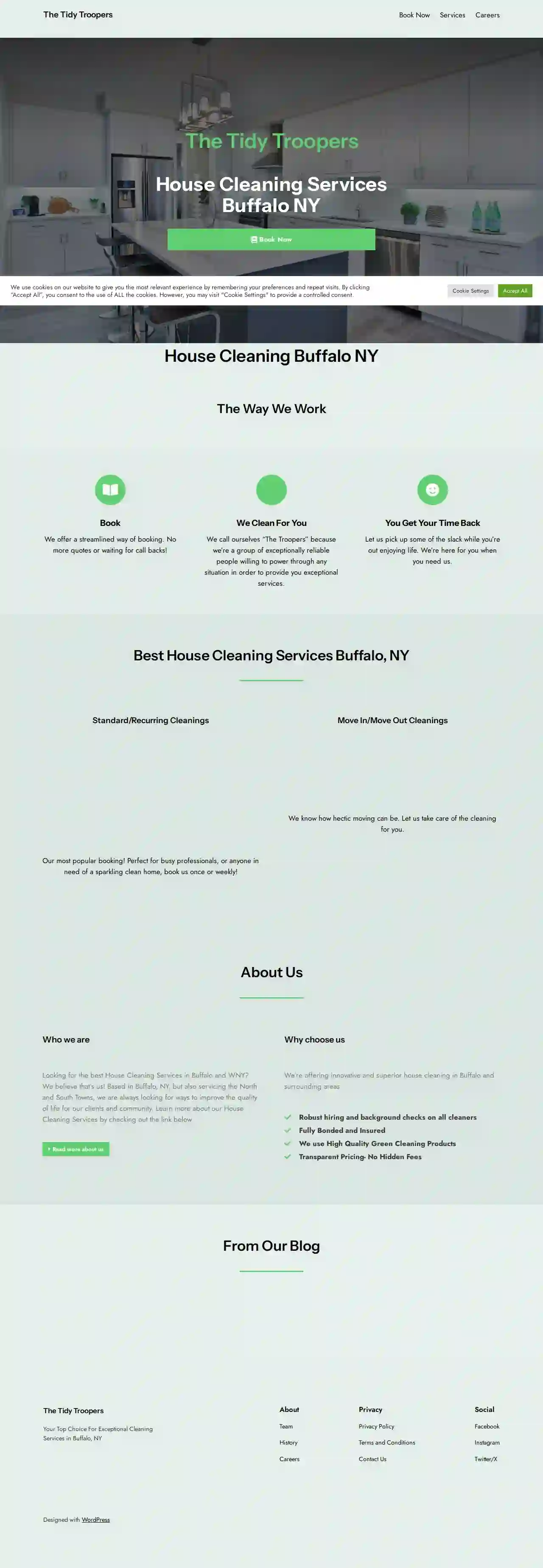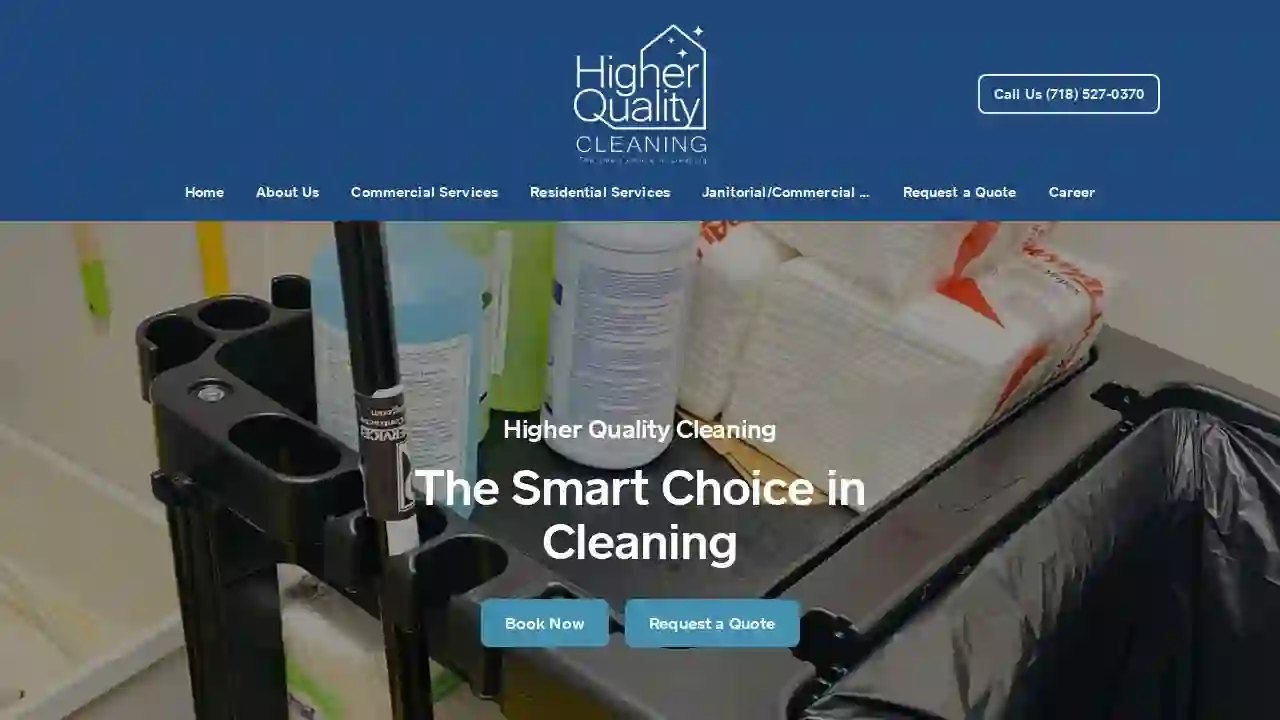Cleaning Services Granville
Find Cleaning Companies in Granville
Get up to 3 Professional Cleaners quotes for your project today! Compare profiles, reviews, accreditations, portfolio, etc... and choose the best deal.

Wicked Cleaning Company LLC
55 reviews123 Wicked St., Wicked City, 12345, USWicked Cleaning is a professional cleaning service dedicated to providing top-notch cleaning solutions to residential and commercial clients. With a strong commitment to quality, customer satisfaction, and eco-friendly practices, Wicked Cleaning strives to make every space sparkle and shine. Their team of experienced cleaners uses state-of-the-art equipment and eco-friendly products to ensure a clean, safe, and healthy environment for their clients. Wicked Cleaning offers a variety of services tailored to meet the unique needs of each client, from one-time deep cleans to regular maintenance cleaning.
- Services
- Why Us?
- Accreditations
- Our Team
- Testimonials
Get Quote
Commercial Cleaning Experts
52 reviewsQueens, US- Services
- Why Us?
Get Quote
The Tidy Troopers Cleaning
4.8136 reviews123 Clean St, Buffalo, NY, 14201, USThe Tidy Troopers is a house cleaning service based in Buffalo, NY, offering superior cleaning services to the North and South Towns. They believe in improving the quality of life for their clients and community. Their services include standard/recurring cleanings and move in/move out cleanings. They use high-quality green cleaning products, are fully bonded and insured, and have robust hiring and background checks on all cleaners. They also offer transparent pricing with no hidden fees.
- Services
- Why Us?
- Accreditations
- Our Team
- Testimonials
- Gallery
Get Quote
GDI Integrated Facility Services
4.69 reviewsSyracuse, US- Services
- Why Us?
- Gallery
Get Quote
Paradise Business Cleaning
57 reviewsStaten Island, US- Services
- Why Us?
- Gallery
Get Quote- We
We Mean Cleaning
4.916 reviewsQueens, US- Services
- Why Us?
Get Quote 
Hiper Cleaning
514 reviewsQueens, US- Services
- Why Us?
Get Quote- AC
ACTS CLEANING SERVICES, LLC
560 reviewsBronx, US- Services
- Why Us?
Get Quote 
House Cleaning Service Staten Island
1.85 reviewsStaten Island, US- Services
- Why Us?
Get Quote
Higher Quality Cleaning
4.914 reviewsQueens, US- Services
- Why Us?
Get Quote
Over 60,241+ Janitorial Services onboarded
Our cleaning contractors operate in Granville and surroundings!
CleaningMatch has curated and vetted the Best Janitorial Companies in Granville. Find a top & reliable business today.
Frequently Asked Questions About Cleaning Services
- Experience and a proven track record: Choose companies with a solid history of providing quality cleaning services.
- Positive customer reviews and testimonials: Check online reviews and ratings to gauge customer satisfaction.
- Licensed and insured professionals: Ensure the company has the necessary licenses and insurance to protect you from liability.
- Clear and transparent pricing: Obtain detailed quotes and compare prices from multiple companies.
- Good communication and responsiveness: Choose a company that communicates clearly, responds promptly, and addresses your concerns.
- Regular Sweeping or Dust Mopping: Sweep or dust mop hardwood floors daily to remove dust, dirt, and debris.
- Vacuuming: Vacuum hardwood floors weekly using a vacuum cleaner with a hardwood floor attachment to avoid scratches.
- Damp Mopping: Damp mop hardwood floors with a hardwood floor cleaner as needed. Avoid excessive water, as it can damage the wood.
- Prevent Scratches: Place felt pads under furniture legs to prevent scratches. Avoid dragging heavy objects across the floor.
- Avoid Harsh Cleaners: Do not use harsh chemicals, abrasive cleaners, or furniture polish on hardwood floors.
- Professional Cleaning: Consider hiring a professional hardwood floor cleaning service for deep cleaning and refinishing as needed.
- Communicate clearly: Before the cleaning, communicate your expectations and any specific cleaning requirements. Provide a list of areas you want them to focus on or any tasks you want them to prioritize.
- Provide access: Ensure the cleaners have access to all the areas that need cleaning. Unlock doors, clear clutter, and provide any necessary instructions.
- Walk through after cleaning: Once the cleaning is complete, do a walk-through with the cleaners to inspect their work. Address any concerns or areas that need attention.
- Provide feedback: Give the cleaning service feedback on their performance. Let them know what you were happy with and any areas they can improve.
- Build a relationship: Establish a good relationship with the cleaning service by communicating openly, treating them with respect, and providing clear instructions.
Do I need to provide cleaning supplies for the cleaning service?
If you have specific preferences for cleaning products, such as eco-friendly or hypoallergenic options, communicate those to the cleaning service. They may accommodate your requests or allow you to provide your preferred supplies.
How do I find a good cleaning service?
Utilize online directories like CleaningMatch to find and compare qualified cleaning services in your area.
What are some tips for cleaning hardwood floors?
By following these tips, you can keep your hardwood floors looking beautiful for years to come.
How can I make sure my cleaning service does a good job?
Clear communication, a thorough inspection, and constructive feedback are key to getting the best results from your cleaning service.
Do I need to provide cleaning supplies for the cleaning service?
If you have specific preferences for cleaning products, such as eco-friendly or hypoallergenic options, communicate those to the cleaning service. They may accommodate your requests or allow you to provide your preferred supplies.
How do I find a good cleaning service?
- Experience and a proven track record: Choose companies with a solid history of providing quality cleaning services.
- Positive customer reviews and testimonials: Check online reviews and ratings to gauge customer satisfaction.
- Licensed and insured professionals: Ensure the company has the necessary licenses and insurance to protect you from liability.
- Clear and transparent pricing: Obtain detailed quotes and compare prices from multiple companies.
- Good communication and responsiveness: Choose a company that communicates clearly, responds promptly, and addresses your concerns.
Utilize online directories like CleaningMatch to find and compare qualified cleaning services in your area.
What are some tips for cleaning hardwood floors?
- Regular Sweeping or Dust Mopping: Sweep or dust mop hardwood floors daily to remove dust, dirt, and debris.
- Vacuuming: Vacuum hardwood floors weekly using a vacuum cleaner with a hardwood floor attachment to avoid scratches.
- Damp Mopping: Damp mop hardwood floors with a hardwood floor cleaner as needed. Avoid excessive water, as it can damage the wood.
- Prevent Scratches: Place felt pads under furniture legs to prevent scratches. Avoid dragging heavy objects across the floor.
- Avoid Harsh Cleaners: Do not use harsh chemicals, abrasive cleaners, or furniture polish on hardwood floors.
- Professional Cleaning: Consider hiring a professional hardwood floor cleaning service for deep cleaning and refinishing as needed.
By following these tips, you can keep your hardwood floors looking beautiful for years to come.
How can I make sure my cleaning service does a good job?
- Communicate clearly: Before the cleaning, communicate your expectations and any specific cleaning requirements. Provide a list of areas you want them to focus on or any tasks you want them to prioritize.
- Provide access: Ensure the cleaners have access to all the areas that need cleaning. Unlock doors, clear clutter, and provide any necessary instructions.
- Walk through after cleaning: Once the cleaning is complete, do a walk-through with the cleaners to inspect their work. Address any concerns or areas that need attention.
- Provide feedback: Give the cleaning service feedback on their performance. Let them know what you were happy with and any areas they can improve.
- Build a relationship: Establish a good relationship with the cleaning service by communicating openly, treating them with respect, and providing clear instructions.
Clear communication, a thorough inspection, and constructive feedback are key to getting the best results from your cleaning service.